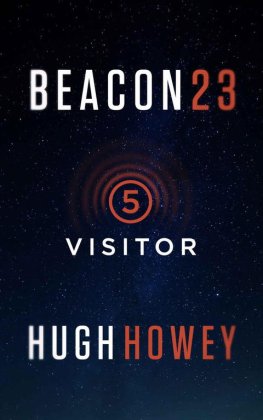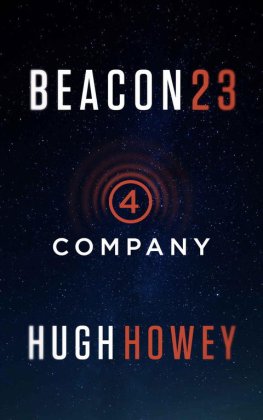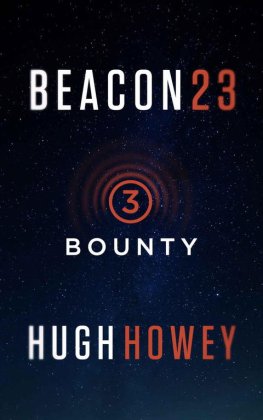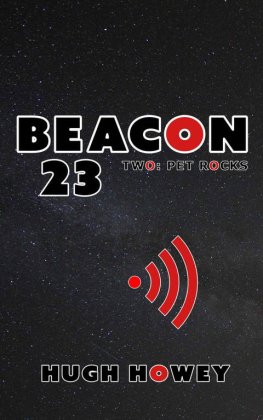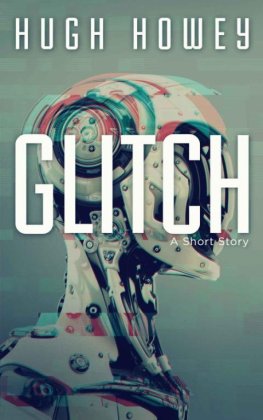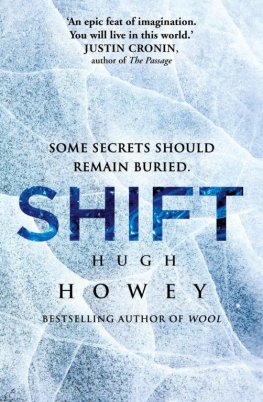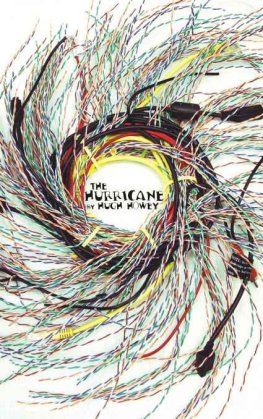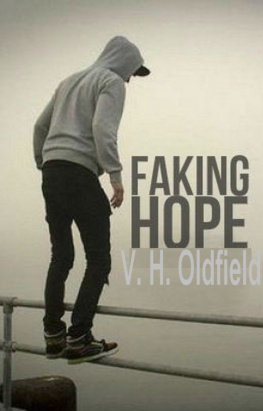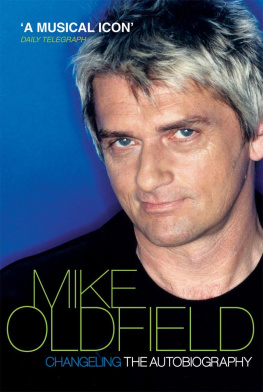INTRODUCTORY
F AMILIAR as we have all been from early childhood with some of the equine marvels which inhabit Fairyland, many people may be surprised to discover what a large amount of tradition is to be found in regard to the existence of such an order of beings. I have endeavoured to collect certain instances that are fairly representative, and it will be seen that a number of these are singularly arresting and dramatic in character.
This visible, physical world in which we live is interpenetrated by more than one unseen world, just as perfect and complete in itself as the material planet, which is the only one most human beings are conscious of. All around us is the great crowd of witnesses, themselves, except upon rare occasions, invisible. The fairy realm in which we are now about to wander in search of fairy steeds is remarkably like our own in many respects. Even the denizens of the ghostly realm, consisting of the earthbound spirits of former mortal creatures, cannot draw quite so close to us, for they are nearly always living over and over some regrettable event of their past life, or are obsessed by some one dominant desire which allows them to think only of the means by which they hope to fulfil it; but the fairies, if tradition is to be credited, eat and drink, and marry, and have children and homes and horses and cattle, and even assume the human form so perfectly for the purpose of associating with man, that mortals talk and trade with them totally unaware of their true nature. The Good People are often extremely horsey in their tastes and fond of acquiring mortal horses for their purposes, though why, it is hard to say, since fairy horses exist as certainly as fairies. Apparently the supply does not equal the demand, however, and fairies seem to have the power of bestowing some of their own gifts upon the mortal steeds they take over, including that of immortality, or at least of comparative immortality.
The following story concerning a fairy horse and its rider may be found in the Minstrelsy of the Scottish Border :
Osbert, a bold and powerful baron, visited a noble family in the vicinity of Wandlebury, in the bishopric of Ely. Among other stories related in the social circle of his friends, who amused each other by repeating ancient tales and traditions, he was informed that if any knight, unattended, entered an adjacent plain by moonlight, and challenged an adversary to appear, he would be immediately encountered by a spirit in the form of a knight.
Osbert resolved to make the experiment, and set out attended by a single squire, whom he ordered to remain without the limits of the plain, which was surrounded by an ancient entrenchment.
On repeating the challenge, he was instantly assailed by an adversary, whom he quickly unhorsed, and seized the reins of his steed. During this operation, his ghostly opponent sprang up, and darting his spear like a javelin at Osbert, wounded him in the thigh. Osbert returned in triumph with the horse, which he committed to the care of his servants. The horse was of a sable colour, as well as his whole accoutrements, and apparently of great beauty and vigour. He remained with his keeper till cock-crowing, when, with eyes flashing fire, he reared, spurned the ground, and vanished.
On disarming himself, Osbert perceived that he was wounded, and that one of his steel boots was full of blood.... As long as he lived the scar of his wound opened afresh on the anniversary of the eve on which he encountered the spirit.
Another story of a similar case is related in the Hierarchy of Blessed Angels , but has a tragic ending. A Bohemian knight was travelling on horseback at night accompanied only by a single friend, when they came suddenly upon a fairy host arrayed under displayed banners.
The knight, in spite of all his companion could say to deter him, spurred forward to combat with a champion who came from out the ranks of the fairies apparently in challenge. The knight and his steed were quickly vanquished by their fairy adversaries. The companion fled, but next morning returned to the place, only to find the mangled bodies of the knight and his horse lying on the ground.
It is interesting to note here how fairy customs and fashions keep pace with those of human beings. A completely modern fairy scene might show them using aeroplanes!
The ancient Highland family of Maclean of Lochbury are forewarned of death by the spirit of an ancestor who was slain in battle. Mounted on his steed, he is heard to gallop along a stony bank, and then to ride three times round the family residence, ringing his fairy bridle. Thus he presages the approaching peril. Probably his faithful steed bore him in his last fight and perished beside him on the battlefield, though the fairy bridle which is so expressly mentioned seems to connect his charger with elf-land, and we have therefore decided to include the legend in this category, rather than among the stories of ghostly horses. Perhaps horse and rider were admitted into Fairyland at death.







